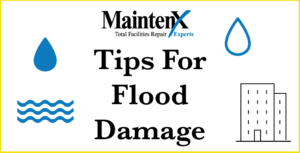What is a Smart Thermostat, Anyway?
Regular thermostats let you adjust the temperature in your home, functioning as simple control panels for your HVAC system. What makes smart thermostats “smart” is that they learn from your behavior, allow you to control temperatures remotely via smartphones and computers, display your energy consumption, and can regulate themselves when you’re away. Here are just a few of the benefits of smart thermostats.
Cost Savings
Heating and cooling account for nearly half of your home’s energy costs! A smart thermostat offers greater control over your home’s temperature and climate, and smart automation that could save you a bundle on your energy bill.
Keep an Eye on the House while you’re Away
A smart thermostat can also be a way to monitor things in your home when you’re not home. Most smart thermostats come with a companion app for your smartphone, so you can track conditions in real time. You can also change settings or turn the system off remotely with the touch of a button. This means that with the right system, you can make your home life more convenient and affordable.
Set It and Forget It!
Most smart thermostats are very simple to set up and program, owing to their simple-to-understand user interfaces and seamlessly designed companion apps.
For these reasons and more, it’s worth considering a smart thermostat for your home or business.
If you’d like to know more about the benefits of smart thermostats, call MaintenX!


